Stopping Power
Opinions have shifted in the last 120 years.
other By: Ganyana | January, 26
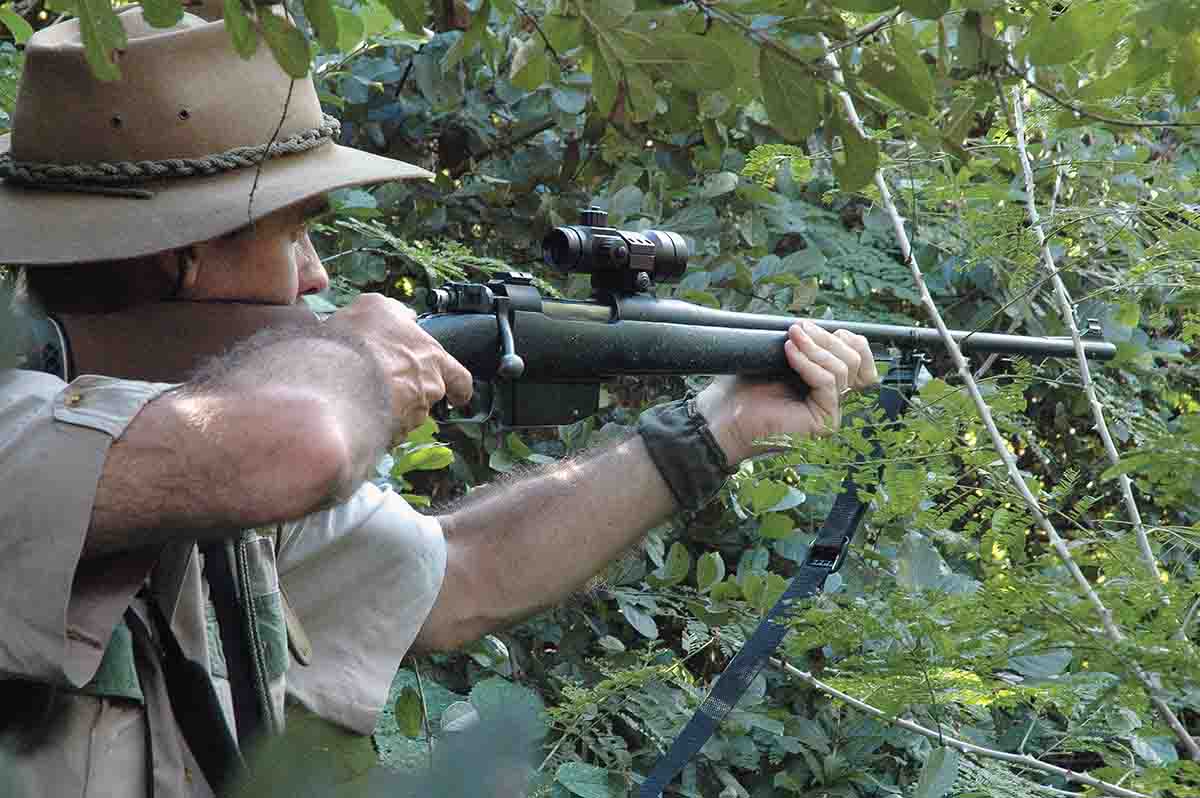
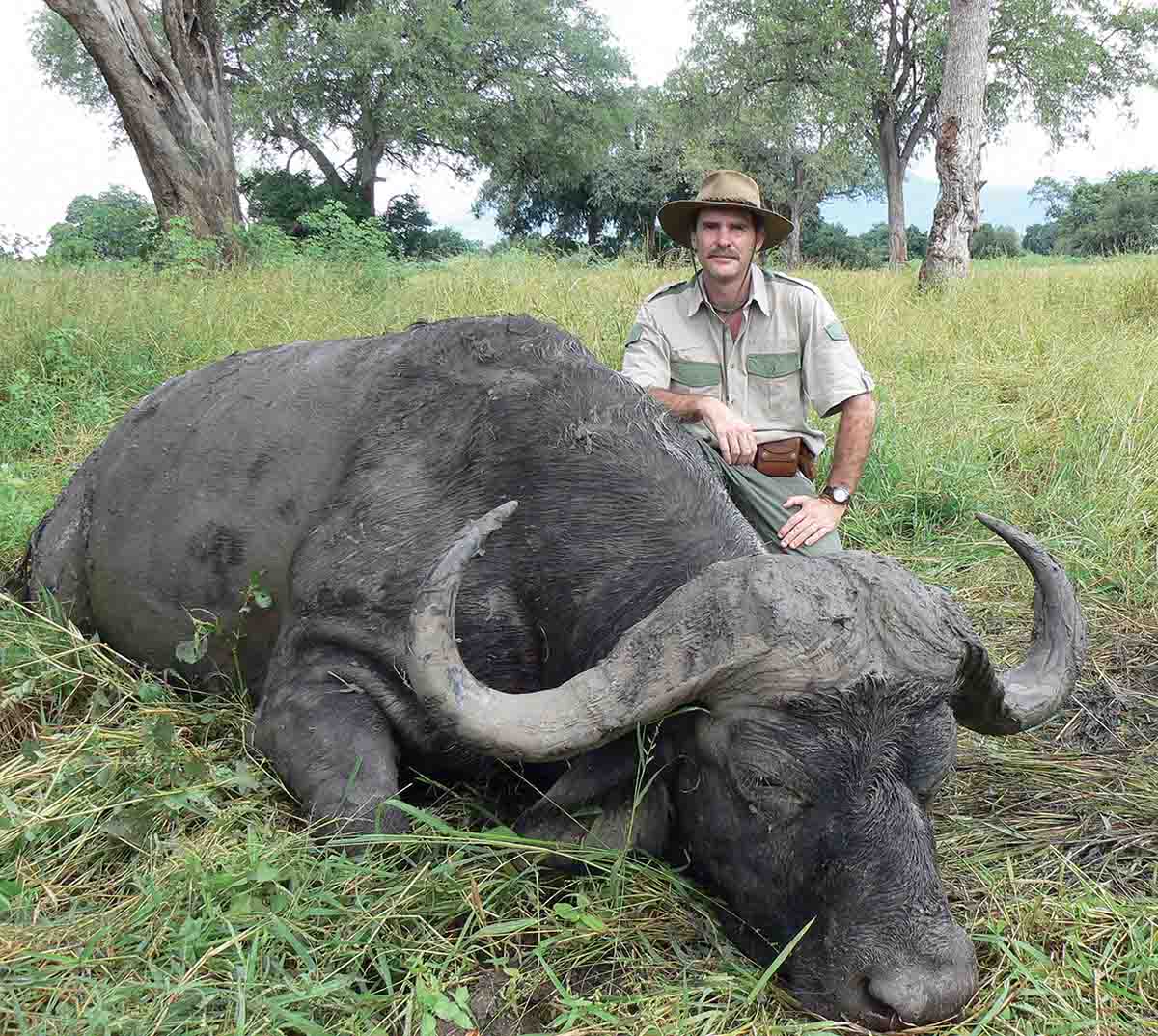
Explorer F.C. Selous wrote that the recoil from the three 4-bores he used was so severe that it affected his shooting for the rest of his life, and an accidental double charge one day after a cap misfired resulted in a broken collar bone. Sir Samuel Baker, though, had “Baby” built for him, a 2-bore that fired 8-ounce exploding shells or 10-ounce conical bullets or charges of buckshot. There is a drawing in Sir Samuel’s book on his South African adventure of him firing “Baby” from horseback, and the horse’s rear legs are buckling! Still, Sir Samuel lived a far more adventurous life than most of the great explorers of the day – a couple of trips to Africa and India, brown bear in eastern Russia, buying a bride at slave auction in what was then Turkish-ruled Bulgaria. (He didn’t intend to marry her, but he then had to fight to get her out of the country – 10 ounces of buckshot was quite persuasive.)
The third option was that taken by the eccentric Scottish landowner Sir William Gordon-Cummings. Apart from always wearing a kilt, he killed most of his lion, leopard and buffalo with his sword, a great 6-foot long, two-handed Claymore of the old style. He collected more trophies of different African species than most and had more clashes with hostile tribesmen than most. So, away from elephant and rhino, the best “stopping power” prior to 1890 came from a sword!
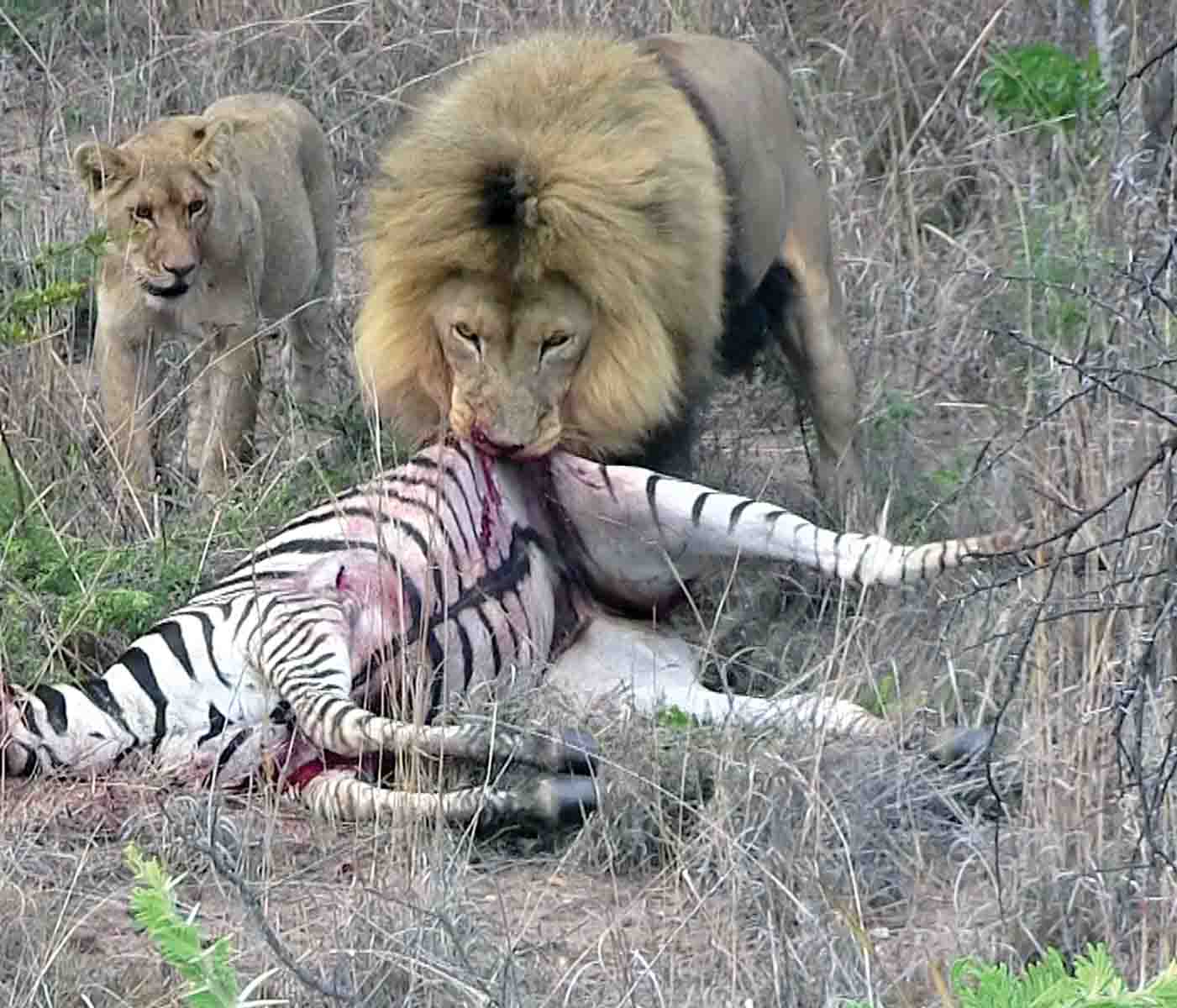
Prior to the arrival of the .450 Nitro Express (NE), I don’t believe anything could “stop” a charging elephant or rhino. Faced with this fact, many hunters, including the likes of Selous, became smallbore fans, small being anything under .500 in black-powder days. His Gibbs No. 1 threw a hardened, 570-grain bullet at about 1,300 fps, and the Gibbs rifles are the ones he constantly praised. No, they would not kill an elephant from front-on, but they would from the side, the same as a 4-bore, so why put up with the added recoil? In truth, elephant and rhino were getting increasingly scarce in many areas. By 1900 the estimated population of elephants in modern-day Zimbabwe was down to around 2,000. There are now over 120,000.
The rinderpest epidemic of 1895/96 killed off 90+ percent of the buffalo north of the Limpopo, so for most folk, a rifle needed to kill a stock-raiding lion and cleanly kill plains game up to the size of eland (1,800 pounds). Bear this in mind when reading old accounts: A stopping rifle was there to stop lion, nothing bigger. Lion were a real problem! They were very common, but the rinderpest epidemic had killed over 80 percent of their normal prey, so suddenly people, along with their horses and donkeys, were added to the menu. (Only ungulates were affected by the epidemic.) In British East Africa (now Kenya), you had the infamous man-eating lions of Tsavo. In Rhodesia, lion ate over 120 men working on the road north from Fort Salisbury (Harare) to Lusaka and the Otto Biet Bridge at Chirundu. The two men who sorted out the lion problem in the Zambezi Valley were the Seventh Day Adventist doctor at Ricomachi mission, who used a Farquharson single shot (almost certainly black powder) and mainly himself as bait, and a great-uncle of mine who preferred daylight tracking of man-eaters and used a Colt Lightning! The doctor shot at night, seldom at a range of more than 10 paces, while Angus Ross relied on starting shooting at longer range and multiple hits to break a charge. Neither method is for the faint-hearted!
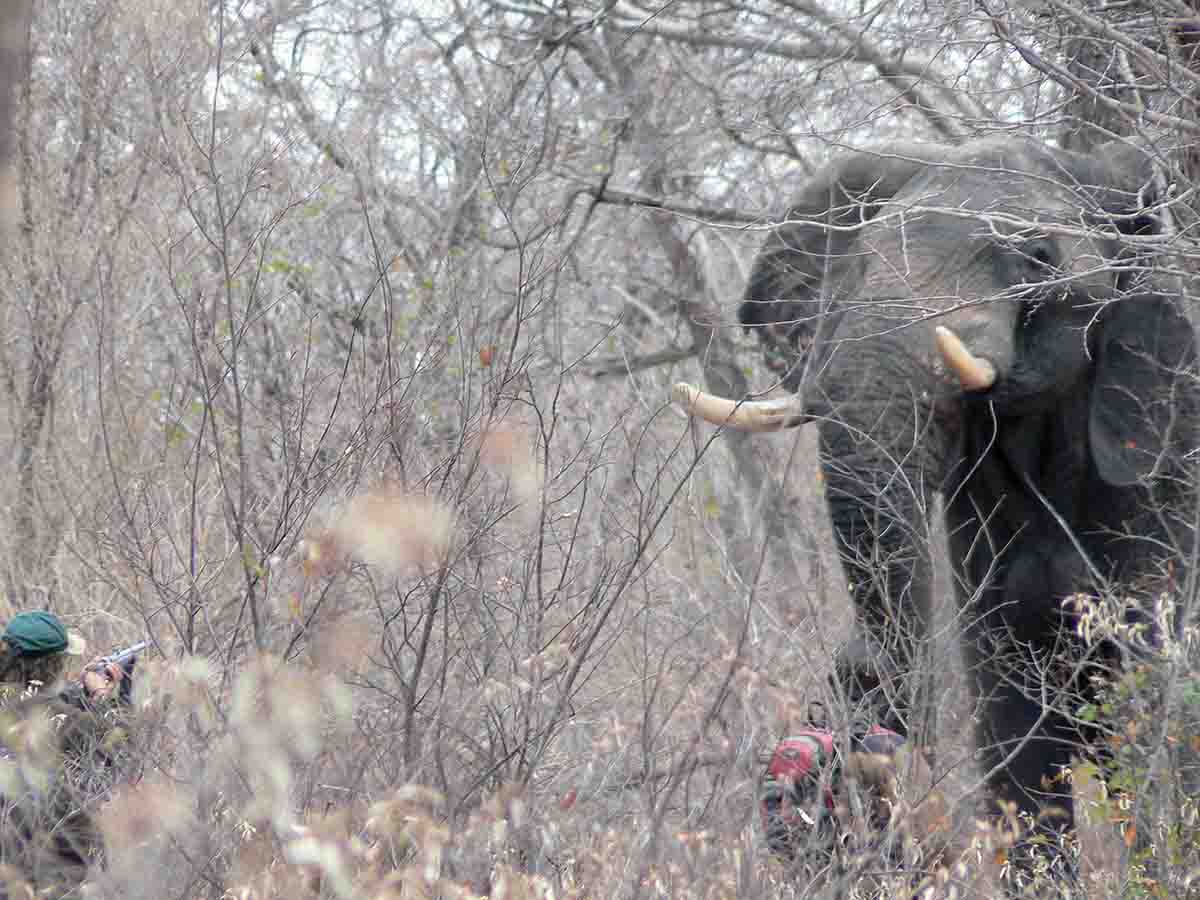
Farther north, elephant populations were still healthy, and from 1890 all major British gunmakers offered some sort of rifle suitable for hunting them. The .450 NE and .450/.400 could kill elephant, rhino or hippo from any angle and are the first cartridges that can be considered as possessing any real stopping power. After the .450 NE was banned from use in British territories by politicians who were worried rebels in Sudan and Afghanistan would use the components to reload ammunition for their Martini-Henrys, each British company introduced its own version of a “legal” .450 NE. (In truth, the smokeless powder would probably have blown more than a few rifles, and the hard, nickel-jacketed bullets would have worn out barrels in short order.)
Initially the .470 Nitro Express emerged the winner, but it was definitely a middle-of-the-road option. The .500 NE and the .577 NE had a definite following, particularly among those who hunted in thick jungle. (Only about 23 original .600 NE rifles were ever made.) The jesse in Zimbabwe’s Zambezi Valley is a good example of thick cover. When I joined the parks department, the .404s were being phased out and replaced with .458 Winchesters, but every station had a “jesse gun,” a short (18 to 20 inches) Army and Navy .500 NE for use when things were definitely not going right.
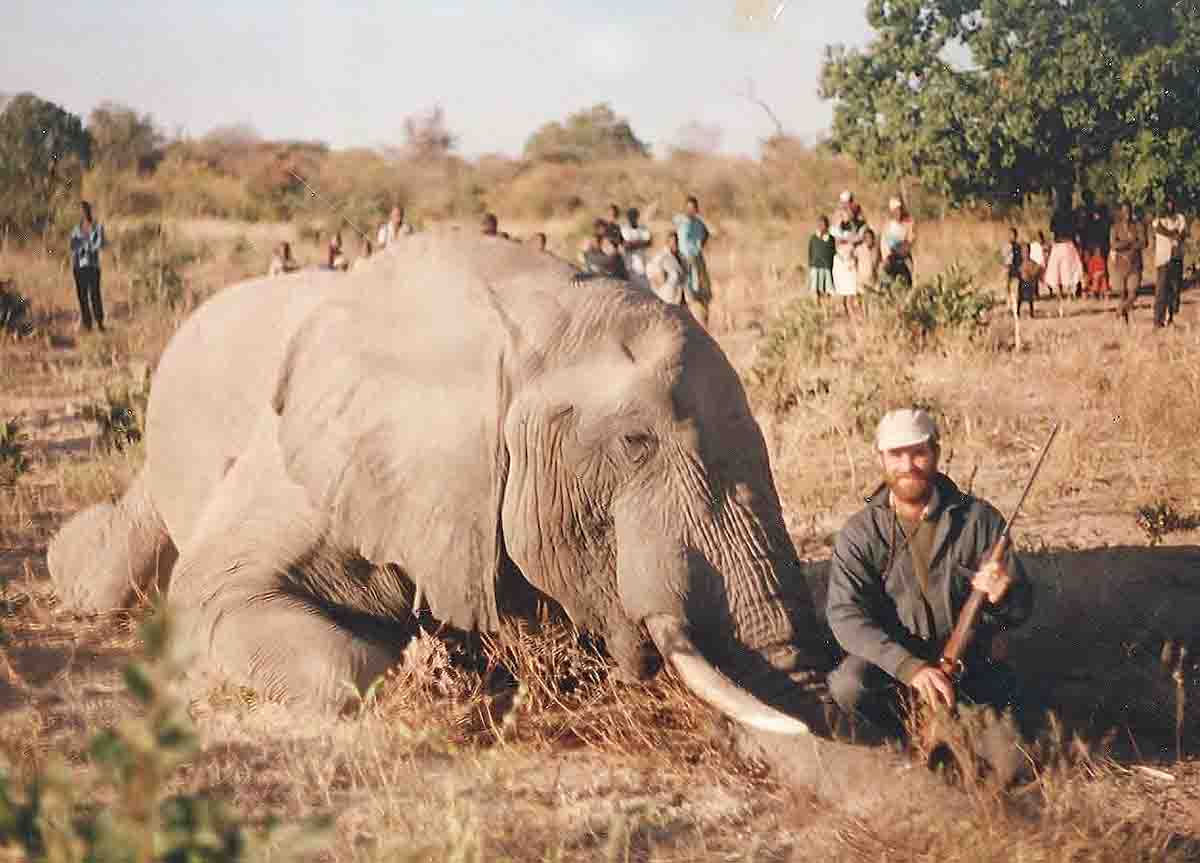
Leopard were easy; the 7mm bowled them over quite satisfactorily. I borrowed a .404 for my first (unsuccessful) lion hunt and later got my first lion with the 7mm. We had a war on at the time; I’ll take 3-to-1 odds against a gang of AK-47 wielding guerrillas over being undergunned and taking on a mature, man-eating lion any day. By the time I was 16, I had saved enough bounty money to buy my first car, having split the bounty 50-50 with the bushmen teens who acted as my trackers. When I turned 18, the war was still on, and we were in the grips of the worst rabies outbreak recorded, which later proved to have been a test of an airborne form of rabies in biological warfare.
Due to my childhood interest in bats, I had been recruited by the veterinary department the year before to collect blood samples from bats. The South African Military Intelligence had wanted the samples, but we never worked that out until revealed by the Truth and Reconciliation Commission in 1996. We had thousands of rabid jackals, kudu (still don’t understand that one), hyena and lion and a government policy of eradicating buffalo outside the national parks as a disease control measure. This later proved to be a false threat but only after having exterminated 80,000 buffalo in western Zimbabwe.
My first experience with a man-killing elephant that had killed seven tribesmen (mainly due to having an old, rusted five-gallon drum stuck around his front right foot) left me a smallbore fan. The issue Winchester .458 Winchester Magnum failed to kill (due to faulty ammunition, as I learned afterward), and I brought the animal down with a shot from my 7mm Mauser.
On the buffalo culls, there were those who liked big-bore rifles and those who relied on multiple hits from a 7.62 NATO (aka, .308 Winchester) battle rifle. There were also those who liked a .458 Winchester and up. I chose the middle way, going with the 9.3x62. With stripper clips it provided adequate firepower for our rather too-frequent encounters with antigovernment guerrilla forces, while providing enough stopping power to deal with buffalo driven by a helicopter into a waiting line of shooters. My father, a silent man on a good day (As a teenager we could go a month without speaking to each other.), expressed his support for my choice of the 9.3, saying he had never seen a better rifle for crocodile (see the book Crocodile Trader), elephant, buffalo or lion ( See Urungwe by Trevor Heath). Considering our stony relationship, that was some praise, and I became a smallbore man, using the 9.3 or issue battle rifle in 7.62 NATO to deal with all problems – gangs of guerrillas or rabid lion.
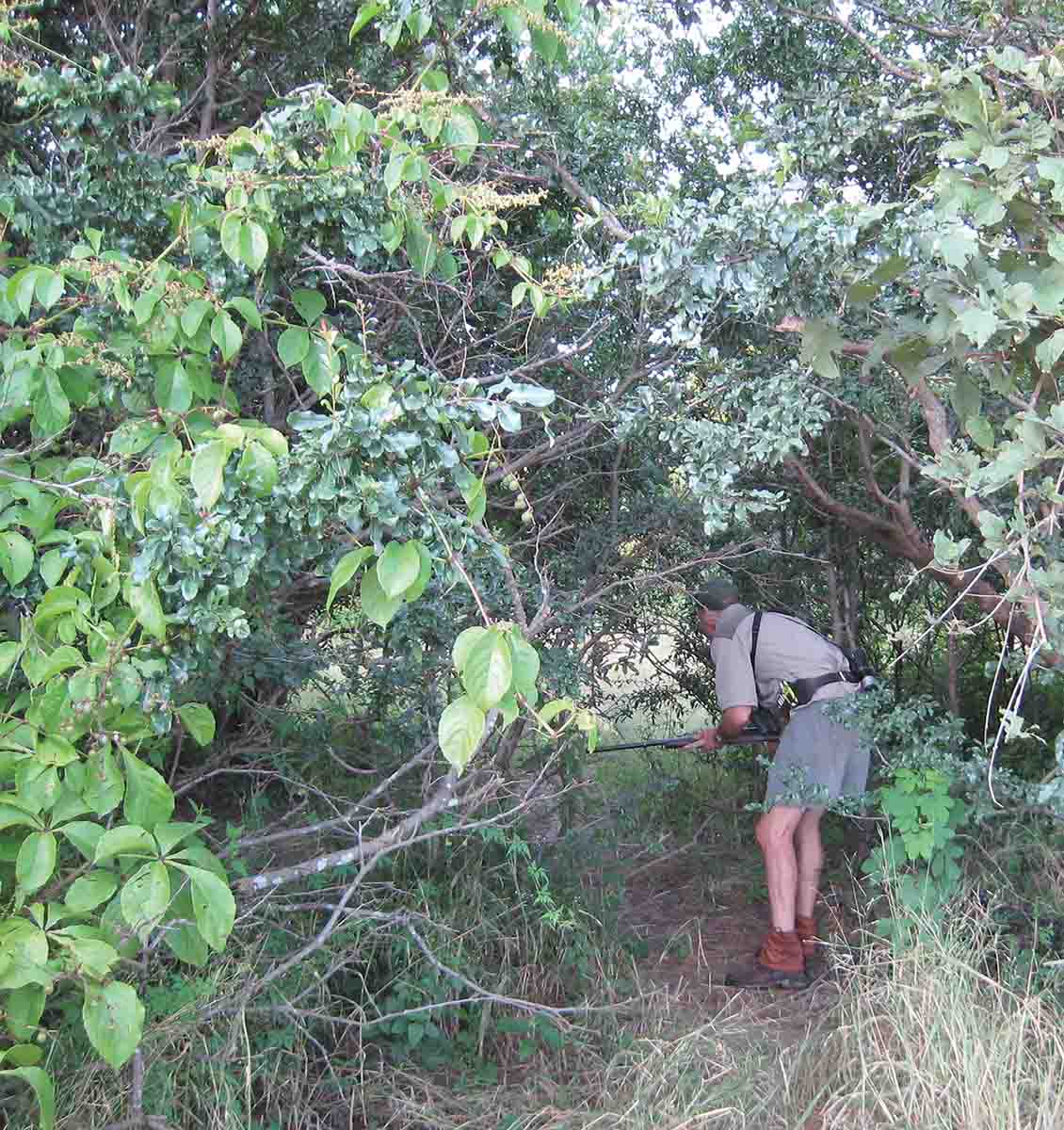
Over my career in national parks and subsequently as a professional hunter, I have learned a few things. Bell’s statement about shock from any hand-held rifle still applies in many cases. “I have never been able to appreciate ‘shock’ as applied to killing big game. It seems to me that a man cannot hope to kill an elephant weighing six tones by ‘shock’ unless you use a field gun. And yet nearly all writers advocate you use a large bore, as they ‘shock’ the animal so much more than the small bores. They undoubtedly ‘shock’ the firer more, but I fail to see the difference they are going to make to the recipient of the bullet.” Admittedly, earlier he recommends using the rifle you have the most faith in.
For each species of dangerous game, stopping power has different requirements. If you want to stop a charging elephant, you are talking about penetration and shot placement. Hit the brain and the charge stops. Miss the brain and the charge will very likely continue, although not always; a bull can often be turned by a bullet through the ear or high in the head and a cow stunned if you are using something big enough. Generally speaking, however, a .30-06 with the right bullets will stop an elephant as reliably as a .577.
Lion and leopard are very sensitive to high-velocity, fairly frangible bullets. Any reasonably placed bullet from a reasonable caliber going above 2,200 fps works very satisfactorily. The two greatest lion hunters of all time both preferred velocity over caliber. “Yank” Allen shot over 500 adult lion with a .303 British using 174-grain softpoints, while George Rushby preferred his personal 9.3x74 double over the departmental issue .404 (old loading: 400-grain bullets at 2,150 fps). I certainly have been very satisfied with the performance of my 9.3x62 on lion.
You want a high-velocity, fragmenting bullet for hippo. The brain is quite small but much easier for a novice to locate and not that deep in the skull. You want bits of bone and lead flying everywhere around that skull to make sure the brain is hit. My 9.3 was used on the two hippo culls, all on land at night. With solids and heart shots it was okay, but all too often the animals reached the river, whereas those using .416 Rigbys and .404s (400-grain bullets at 2,325 fps) or .458s put the animals down pretty promptly. I switched to softpoints and brain shots.
Buffalo is the one species where you can use a rifle that possesses real stopping power. Hit them with a .500 Jeffery or .505 Gibbs, and they will stop, even if the shot isn’t instantly fatal. It is quite impressive to see the way they rear up on taking a hit with a good softpoint from one of these two rounds. However, I have never seen a .470 Nitro Express or .458 Lott be any more effective than my 9.3.
Generally clients are advised to bring a .375 H&H, as they are most likely to shoot this better than something bigger, and then the PH doesn’t have to shoot their game for them. Without a doubt, a well-placed first shot negates the need for stopping power. For the PH, though, the choice isn’t always as obvious. A few of us have always used a relative smallbore – a 9.3 or .375 – but most have gone to the .458 Lott. I can see no advantage in this, but as I get older (and slower) and the ammunition supply has greatly improved, I am having a good look at a Blaser R8 in .500 Jeffery.

